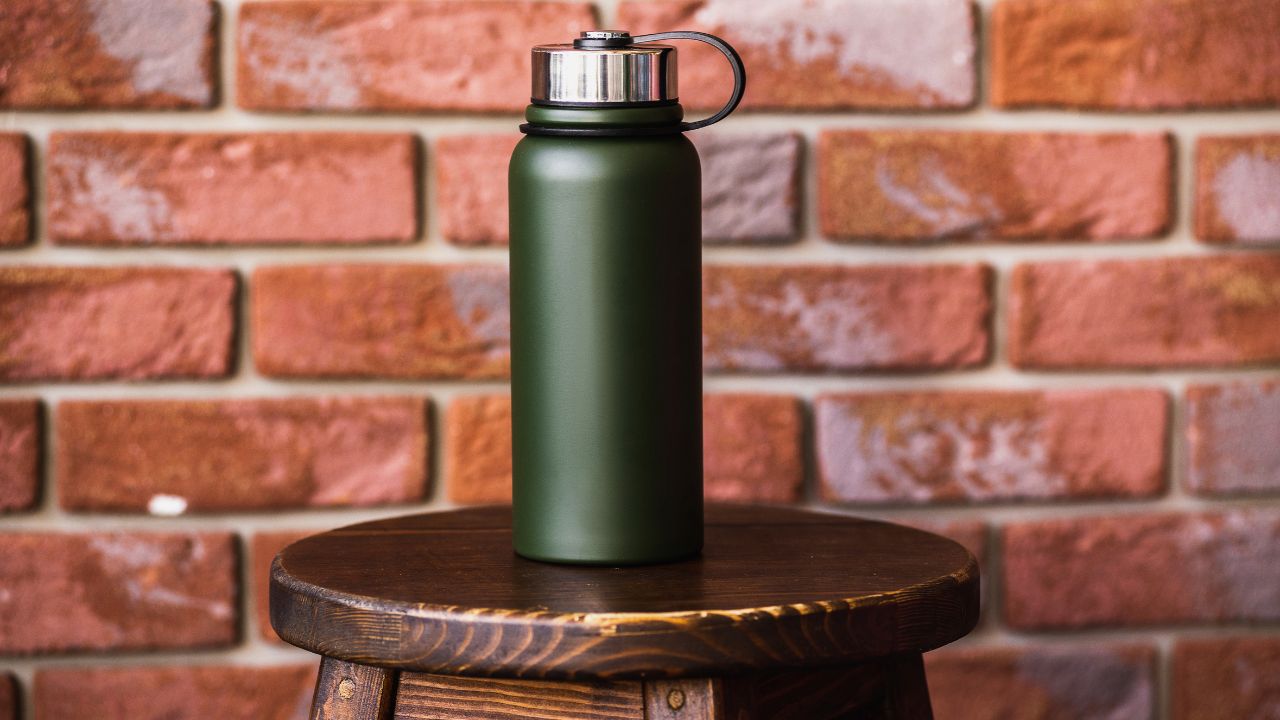The market demands reliable products. Defective or low-quality stainless steel water bottles represent critical issues. It can result in leaks, cracks, and scorch marks, which can damage the brand image. The need for your water bottles manufacturer to enforce rigorous quality control goes beyond being strategically beneficial; it becomes essential.
This article details every step needed for effective quality control implementation. You will understand the full impact of poor water bottle manufacturing practices. So, let’s get started.
Steps to Ensure Quality Control With a Water Bottle Manufacturer
1. Choose the Right Materials
The first step should verify that your manufacturer uses materials designated for food applications, which are safe for human consumption. Your bottle search should focus on products that come in high-grade stainless steel designs. The selected materials must avoid releasing hazardous chemicals into the water. You must always request documentation that proves the materials have industry-standard certifications.
2. Audit Your Supplier
If possible, visit the facility where your manufacturer operates. Verify that their process includes both certification letters and quality inspection procedures. The manufacturer needs to implement rigorous protocols that govern how they obtain materials, produce products, and maintain storage facilities. Trustworthy suppliers must demonstrate their compliance procedures by providing evidence of their operational standards.
3. Set Clear Quality Standards
Work with your manufacturer to define what quality means for your product. This includes:
- Leak-proof performance
- No cracks or visible defects
- Proper insulation (for thermal bottles)
- Accurate labeling and branding
- Consistent size and weight
Document these standards in a quality agreement. The clear documentation helps create alignment between what you, as a company, need and what the manufacturer provides.
4. Inspect Raw Materials
The raw materials require an inspection step before starting the production process. Check that raw materials comply with your technical requirements and are without any defects. This stage protects you from future issues in the production workflow.
5. Monitor Production Processes
Good manufacturers use real-time monitoring and automated systems to catch issues early. Ask your supplier about their production monitoring. Do they have checkpoints at each stage? Are there regular audits and process reviews?
6. Conduct In-Process and Final Inspections
A strong quality inspection team is vital. They should check products at every stage:
- During production (in-process)
- After production (final inspection)
- Before shipping (pre-shipment)
Inspections should cover:
- Leak testing (fill bottles and check for leaks)
- Drop tests (to check durability)
- Visual checks for scratches, dents, or color issues
- Measurement checks for size and capacity
- Label and logo checks for accuracy
7. Test for Safety and Durability
Ask your manufacturer about their testing methods. Common tests include:
- Leak-proof test: Fill the bottle, seal it, and turn it upside down to check for leaks.
- Food grade test: Chemical analysis to ensure no harmful substances are present.
- Salt spray test: Check corrosion resistance.
- Insulation test: For thermal bottles, ensure they keep liquids hot or cold as promised.
8. Follow Industry Standards
Your manufacturer must adhere to quality and food safety management standards ISO 9001 and ISO 22000. Manufacturers must maintain continuous improvement standards. For this, they must conduct regular audits and maintain detailed documentation according to standard requirements.
Impact of Low-Quality Water Bottle Manufacturing
Health Risks
Low-quality stainless steel water bottle manufacturing involves low-quality materials. They contain harmful chemicals. BPA, phthalates, antimony, and heavy metals are some of them. Exposure to sunlight or heat conditions leads these chemicals to leach into your water. Then they cause hormone disruption and reproductive issues, along with cancer and additional health problems. The difficulty of cleaning cheap bottles leads to bacterial contamination when these bottles are used repeatedly after inadequate washing.
Environmental Impact
The long decomposition process of poor-quality manufactured bottles results in widespread land and ocean contamination because these bottles rarely get recycled. With this, manufacturing these bottles requires significant fossil fuel and substantial amounts of water. The process also produces greenhouse gas emissions that fuel climate change.
Conclusion
Quality control is not a one-time process- it operates continuously. By following the steps, you can protect your business. You can make sure you get reliable, high-quality water bottles from the manufacturer. This way, your brand identity and customer trust remain protected through quality manufacturing support. If the poor quality of water bottles is delivered, it creates negative outcomes that affect both human beings and environmental health. They will damage human health and waste valuable resources while polluting the environment. So, just source quality certified bottles that fulfil essential standards that create safe and sustainable products.

